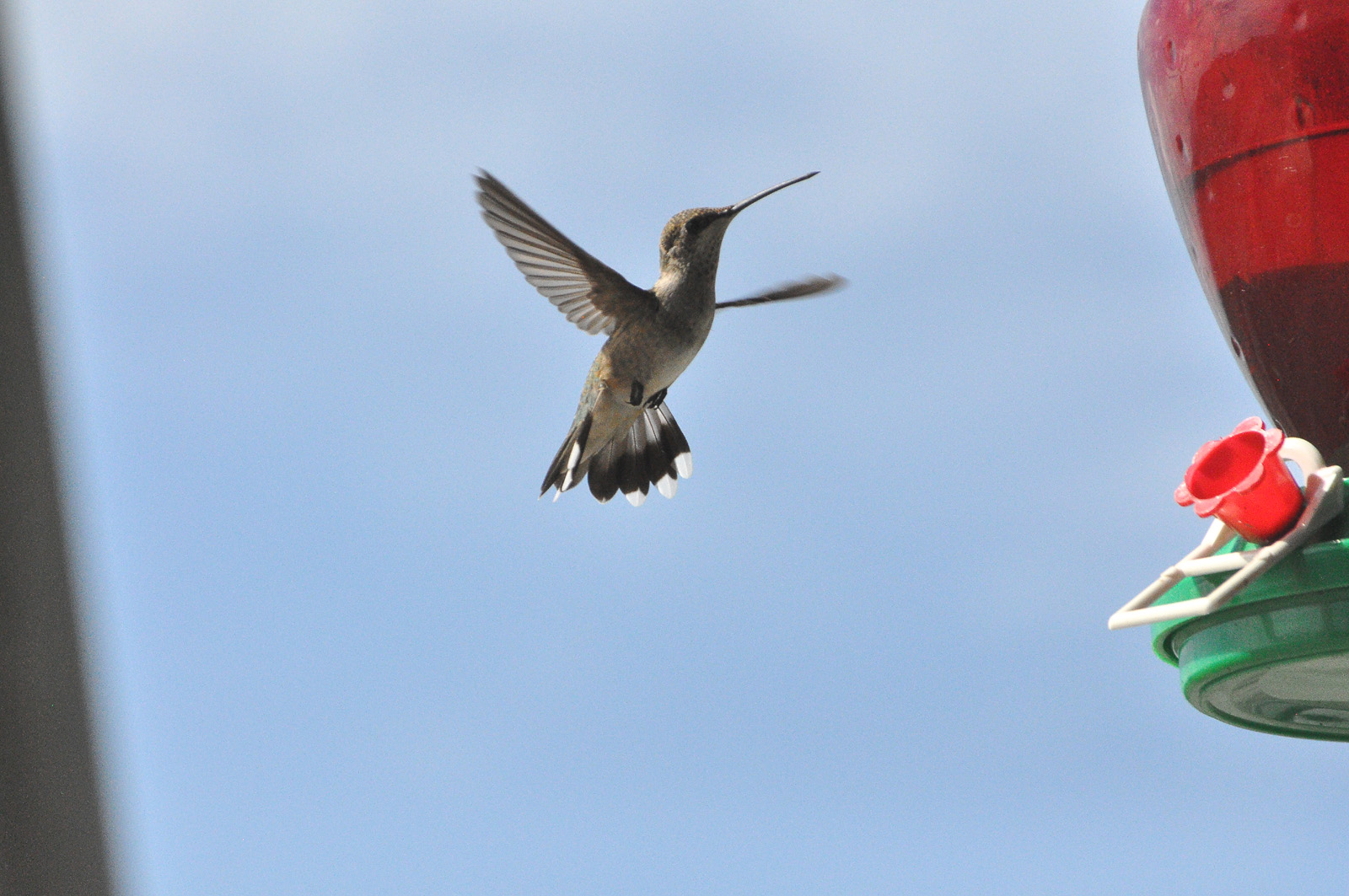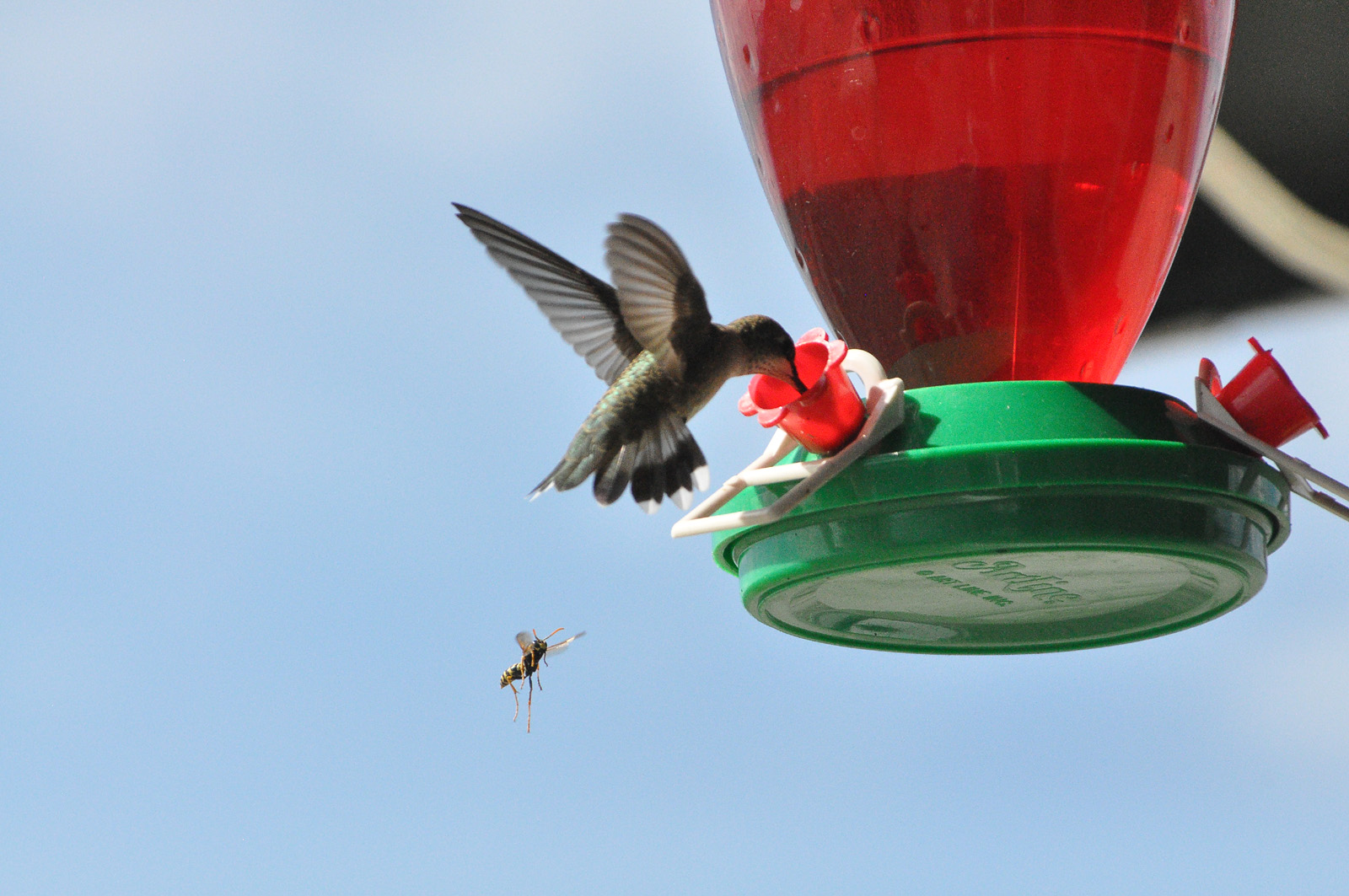Humming Birds
Hummingbirds are a New World phenomenon, living only in the western hemisphere. They are primarily tropical. Of the 330 species we know about, 95% live south of the US-Mexico border.
In spite of its great size, only 16 different hummingbirds regularly found on the North American continent. Interestingly, --except for the Ruby-throated Hummingbird—all of these species breed west of the Mississippi River.
In Utah—roughly comparable to the size of Ecuador—5 species are regular visitors. Broad-tailed hummingbird and the black-chinned hummingbird are the most common and most widespread. They both overwinter in Mexico.
The calliope hummingbird is also seen in Utah. It is the smallest breeding bird in North America weighing about as much as a penny! The calliope is also the smallest long distant migrant bird in the world traveling up to 5600 miles in a single year. The rufous hummingbird is another long distance migrant seen in Utah, traveling from as far north as Alaska all the way down to central Mexico .
There is some controversy over whether or not you should continue to feed hummingbirds in fall. Some say you should quit feeding by late August or the hummingbirds won’t migrate. This is not true-- in fact many hummingbirds begin migrating when their natural food sources are still intact. According to Audubon Society website, in the fall, you should keep your feeders up for two weeks after you see the last bird using it. The tiny birds need to double their body mass before migration, and a bit of extra nectar can only help.
 |
| Both above and below images taken August 2, 2013, through a crack in the porch door of my house. Nikon D-90, ISO set at 3200 and shutter speed is 1/4000 second. |
 |